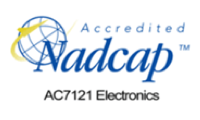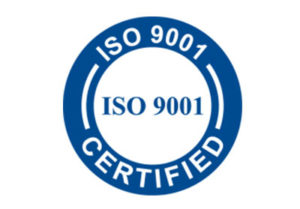Recently, the Washington Metro Area Transit Authority (WMATA) in the nation’s capital was forced to decommission nearly 75% of its new 7000-series rail cars due to crimping defects. The rail cars had crimping defects that went undetected until WMATA’s quality inspectors discovered them. The WMATA’s Quality Assurance, Internal Compliance and Oversight office (QICO), estimates that the rail cars will take over a year to be repaired. Going forward, QICO is requiring that in-process quality checks and high standards of engineering design be more explicitly outlined in WMATA’s manufacturing contracts.(1)
According to George Allman, Project Engineer at Liberty Electronics, this instance underscores the need for stringent internal quality standards to guard against the tiniest malfunctions. He calls this concept “safety in numbers.” At Liberty, for example, many layers of process controls, workmanship standards, and overall company culture are factors which reduce the chances of a product failure like the one now facing the WMATA.(2)
To Allman, frequent and thorough process controls build a database for the company to learn what standards can be reached. The more known and predictable these levels of acceptability are, the less margin for error. For example, when producing wire crimps, Liberty practices “continuous monitoring throughout the process” to ensure the crimps are of the best quality. Additionally, Liberty utilizes pull-tests and crimp analysis sampling to test the strength of the crimp connections. (Ibid) By paying attention to the consistency in product quality and becoming accustomed to a certain level of acceptability in its own work, the company builds high expectations for itself.
Moreover, Liberty holds itself to the highest standards of workmanship. The company has multiple quality assurance certifications that create the highest levels of product acceptability, most notably in IPC 620, ISO 9001, AS9100, and NADCAP AC7121. Because of this, Liberty’s internal standards exceed industry norms and manufacturer’s guidelines in contract manufacturing.
These many layers of tests and workmanship standards create a company culture that is dedicated to excellence. According to Allman, the stringent company standards reminds employees that “everything we touch affects someone’s life.”(Ibid) This is something that employees, and by extension the entire company, do not take lightly.
Liberty’s products contribute to systems and infrastructure that the public relies on every day. By utilizing the highest goals for acceptability through tests, standards of workmanship, and a company culture dedicated to excellence, the company helps ensure that its products will perform reliably for those who depend on them the most. By utilizing these measures, Liberty Electronics shows that there is safety—and distinction—in numbers.
Sources:
- Washington Metropolitan Area Transit Authority, QICO 2018 Internal Review.
- George Allman (Project Engineer, Liberty Electronics), phone interview, 16 August 2018
* * *
Have questions about process metrics and our quality standards? Contact us for more details.





